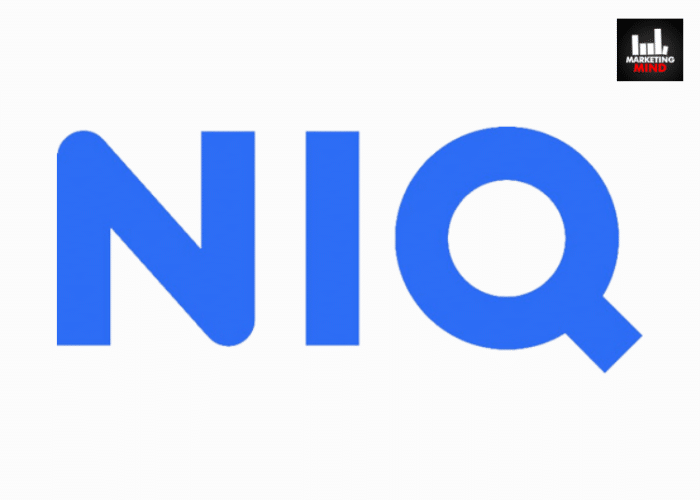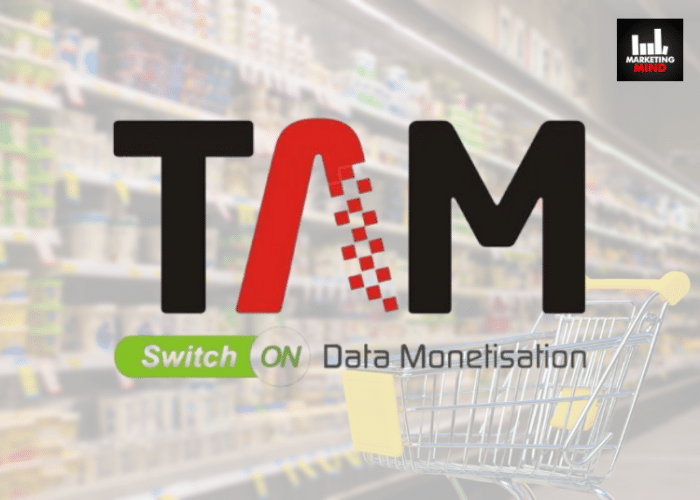With the innovative use of dynamic product ads (DPAs), this transition from a mere browse to an actual purchase has been made very smooth in today’s digital world. These ads have transformed the concept of customer approach by businesses and today we shall take a closer look at how dynamic product ads effectively turn window shoppers into satisfied and returning customers and some of the best practices that can be adopted to realize maximum effectiveness—this is all brought to life by real-world success stories.
Dynamic Product Ads allow the advertiser to show targeted users items from their product catalog based on the user’s past interaction with the website or app. These ads use real-time data to show relevant products to shoppers, wherever they are in the customer journey.
Be it the user has left a cart, browsed some category of products, or even looked at the product page, they will follow the user across their digital footprint and show highly relevant ad creatives, barely avoidable.
At the very core of it, dynamic product ads are powered by a combination of cookies and pixels installed on your website. These, in turn, trace behavioral details that could be of value—such as the products viewed, the added carts, or purchases from them.
This data is then developed into tailored ad experiences for users across various platforms, such as Facebook, Instagram, Google, and others.
The implementation of the DPAs requires the business to integrate its product catalog with the advertising platform. This will allow for synchronization, whereby the information on products is automatically updated in order for the ads to always display the current availability, pricing, and details.
The Benefits of Using Dynamic Product Ads
Efficiency: DPAs automate the process of ad creation; hence, this saves a lot of time in producing new content or manual constant updates. Such efficiency allows marketers to focus more on strategy rather than functional aspects of ad management.
Scalability: DPAs can handle the size of your advertising, whether you have tens or thousands of products, without adding extra workload.
Higher ROI: Dynamic product ads usually yield a much higher click-through and conversion rate than a standard ad because they are so perfectly targeted and relevant.
Some of the best practices for Dynamic Product Ads- To best maximize the effectiveness of DPAs, consider the following:
1. Optimize your product feed
Make sure that the product catalog is very detailed, up to date, and contains images and descriptions of good quality. The more information it has, the more effective the ads will be.
2. Segmentation
Once you understand the audience you have, you can target them even better by using data to form very specific audience segments- whether that is based on past purchase behaviors, page views, or other engagements. You can even tailor your ads to those segments to take relevance and, hence, effectiveness a notch further.
3. A/B testing
Test the different elements in your ads, such as images, and headlines, to know what your audience responds to the most, then refine the strategy accordingly. Implement multi-device support to your retargeting campaigns. There’s always switching behavior from one device to another; hence, cross-device retargeting campaigns are all you need to make your ad reach them on any platform or device.
4. Use urgency and scarcity
Add some urgency (like time-bound offers) and scarcity (like only a few items remaining) components to push the users into acting fast for high conversion rates.
Many companies have witnessed huge improvements in their conversion rates and ROI by using dynamic product ads. For example, a leading fashion retailer saw an increase of 35% in online sales through DPAs.
In yet another case, a tech company used segmented DPAs to target users based on their browsing behavior, and the result was that the response rate in those ads was 50% higher than in regular ads.
To say the least, technology is dynamic, and its capabilities toward dynamic product ads keep growing and improving. Future innovations will, in all probability, use artificial intelligence to predict user behavior on an even more granular scale, hence being able to offer ad experiences that are literally more personalized and compelling.
Besides, with the increase of privacy concerns and regulations such as GDPR, the methods to track and target the users will change, maybe including new formats and strategies in DPA execution.
Dynamic product ads are a digital marketer’s magical tool. It effectively helps in converting browsing into actual buying, giving a wholesome user experience while allowing the business to get more out of them in terms of engagement and conversions. With constant changes and strategic technologies, DPAs will be at the forefront of the digital advertising landscape, changing window shoppers to satisfied customers.













